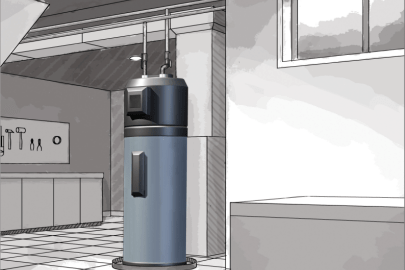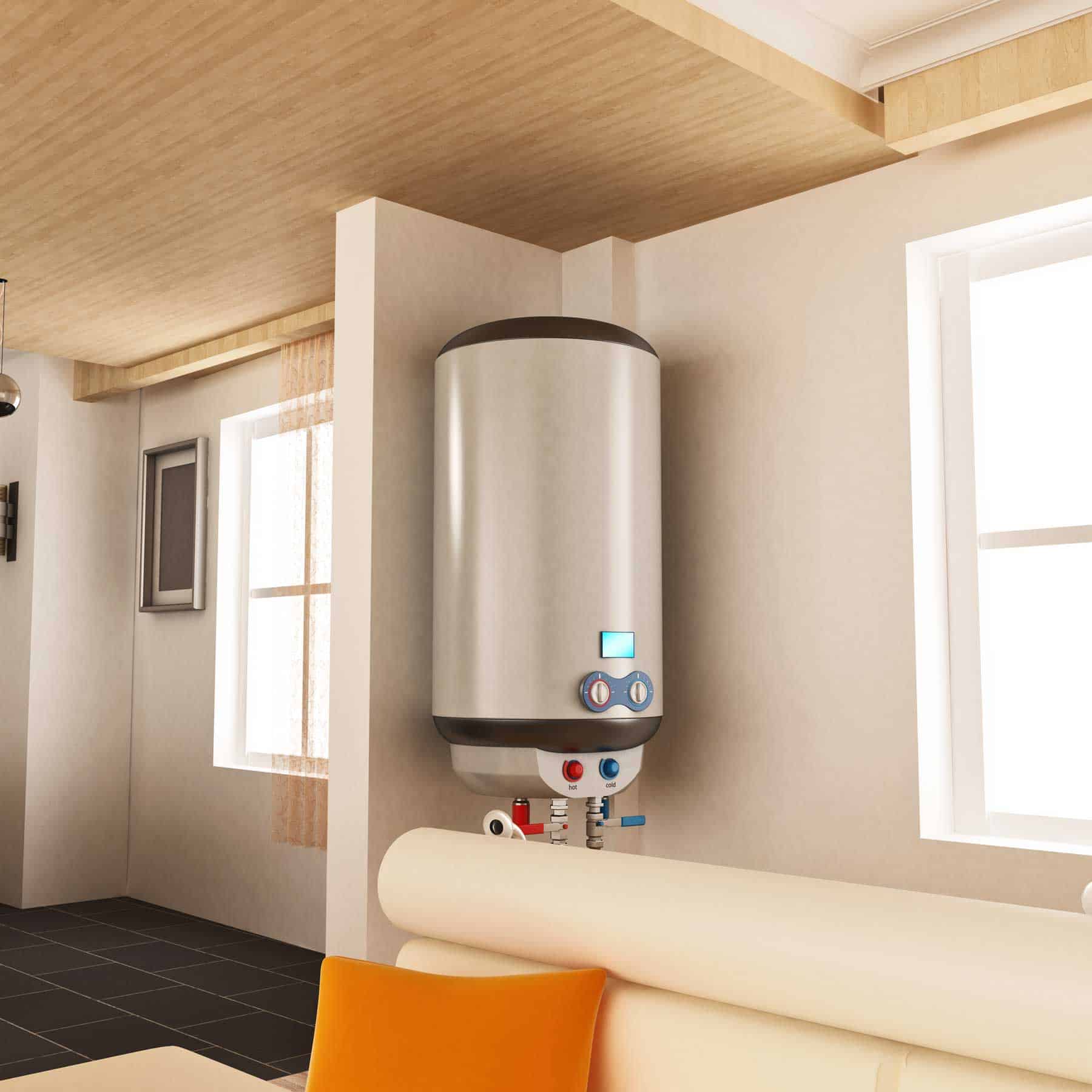Step-by-Step Steps to Maintaining Your Home's Hot Water SystemKey Tips on Caring for Your Home's Hot Water SystemEnsuring Longevity of Your Home's Hot Water System: Maintenance Advice
Step-by-Step Steps to Maintaining Your Home's Hot Water SystemKey Tips on Caring for Your Home's Hot Water SystemEnsuring Longevity of Your Home's Hot Water System: Maintenance Advice
Blog Article
What are your thoughts on How to Maintain Your Water Heater & Prolong its Life?

Warm water is important for everyday convenience, whether it's for a refreshing shower or cleaning dishes. To ensure your warm water system runs successfully and lasts longer, routine maintenance is crucial. This write-up offers sensible pointers and understandings on exactly how to keep your home's hot water system to stay clear of disturbances and costly repair work.
Introduction
Maintaining your home's warm water system might seem complicated, yet with a few straightforward actions, you can guarantee it runs smoothly for many years to come. This guide covers whatever from understanding your hot water system to DIY maintenance suggestions and knowing when to contact expert assistance.
Relevance of Preserving Your Hot Water System
Routine maintenance not only extends the lifespan of your hot water system but likewise ensures it runs efficiently. Overlooking upkeep can bring about lowered performance, greater power expenses, and also premature failure of the system.
Signs Your Warm Water System Demands Upkeep
Understanding when your hot water system needs focus can protect against significant issues. Look out for signs such as irregular water temperature level, unusual noises from the heating system, or corroded water.
Flushing the Hot Water Heater
Purging your water heater removes debris accumulation, enhancing efficiency and extending its life.
Checking and Changing Anode Rods
Anode poles avoid corrosion inside the container. Evaluating and changing them when broken is vital.
Complicated Problems Requiring Professional Aid
Instances consist of major leakages, electrical problems, or if your hot water heater is regularly underperforming.
Routine Specialist Maintenance Perks
Professional upkeep can consist of extensive inspections, tune-ups, and making certain conformity with safety requirements.
Examining and Adjusting Temperature Level Settings
Readjusting the temperature setups guarantees optimum performance and safety and security.
DIY Tips for Upkeep
You can carry out numerous maintenance jobs on your own to maintain your hot water system in leading condition.
Looking for Leaks
Frequently inspect pipelines and links for leaks, as these can lead to water damages and greater bills.
Recognizing Your Hot Water System
Prior to diving right into maintenance jobs, it's useful to recognize the basic elements of your warm water system. Generally, this includes the water heater itself, pipelines, anode rods, and temperature controls.
Monthly Maintenance Tasks
Routine month-to-month checks can aid capture small issues before they intensify.
Evaluating Pressure Relief Valves
Examining the pressure safety valve ensures it operates correctly and prevents too much pressure accumulation.
Shielding Pipelines
Protecting hot water pipelines minimizes warmth loss and can save energy.
When to Call a Professional
While do it yourself upkeep is helpful, some concerns call for expert knowledge.
Final thought
Regular maintenance of your home's hot water system is necessary for efficiency, long life, and price financial savings. By adhering to these ideas and knowing when to seek professional help, you can make certain a trusted supply of hot water without unanticipated disturbances.
How to Maintain an Instant Hot Water Heater
Before tinkering with your hot water heater, make sure that it’s not powered on. You also have to turn off the main circuit breaker and shut off the main gas line to prevent accidents. Also turn off the water valves connected to your unit to prevent water from flowing into and out of the appliance. 2. When you’re done, you have to detach the purge valves’ caps. These look like the letter “T” and are situated on either side of the water valves. Doing so will release any pressure that has accumulated inside the valves while at the same time avoid hot water from shooting out and burning your skin. 3. When the purge valves’ caps are removed, you have to connect your hosing lines to the valves. Your unit should have come with three hoses but if it didn’t, you can purchase these things from any hardware or home repair shops. You can also get them from retail stores that sell water heating systems. Read the user’s manual and follow it to complete this task properly. When the hosing lines are connected, open the purge port’s valves. 4. You should never use harsh chemical cleaners or solutions when cleaning your unit. Make use of white vinegar instead. It should be undiluted and you’ll probably use about 2 gallons. 5. Now flush your water heater. This task should probably take about 40 minutes. We can’t give you specific directions for this because the procedure is carried out depending on the type, model and brand of your heater. With that being said, refer to the user’s manual. 6. When you’re done draining the unit, you have to turn off the purge port valves again. Remove the hosing lines that you earlier installed on each of the water valves. Put the valve caps (purge port) back in their respective places and be very careful so as not to damage the rubber discs that are found inside these caps. 7. Now that everything’s back in place, check your user’s manual again to find out how to reactivate your water heating system. 8. Once it is working, turn one of your hot water faucets on just to let air pass through the heater’s water supply pipes. Leave the tap on until water flows smoothly out of it. https://www.orrplumbing.com/blog/2014/september/how-to-maintain-an-instant-hot-water-heater/

As an avid reader about Tips on Maintaining a Water Heater, I was thinking sharing that section was a good idea. For those who liked our page kindly consider to pass it around. I value your readership.
More Details Report this page